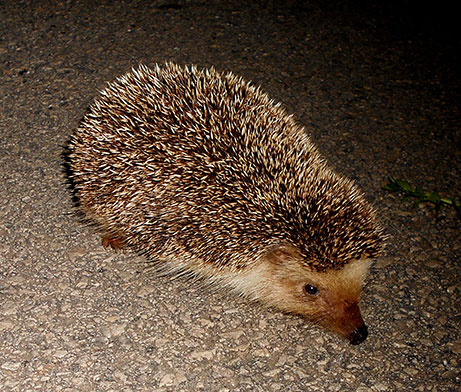Within the framework of an environmental assessment study for the implementation of a photovoltaic plant in the province of Malaga, an annual cycle survey of avifauna, bats and key species is carried out in order to identify the species present in the area, assess the impacts on them and propose moderating and corrective measures to ensure the viability of their populations.
Project scope
The ecological monitoring formed a critical component of the EIA, covering:
- Annual field surveys of avifauna (breeding, migratory, and wintering species).
- Monitoring of bat activity and roosting areas through acoustic detection and direct observation.
- Identification of key terrestrial species and their habitat preferences.
- Assessment of potential impacts from construction, operation, and maintenance of the solar facility.
- Development of mitigation and compensation measures to protect sensitive species and preserve ecological balance.
Methodology
EHS Techniques applied a comprehensive ecological monitoring approach, integrating field data, statistical analysis, and impact assessment methodologies aligned with Spanish and EU environmental standards.
- Baseline data collection
- Systematic surveys were conducted throughout the year to capture seasonal variations in species presence and behavior.
- Use of specialized equipment, including bat detectors, binoculars, and GIS tools for habitat mapping.
- Species identification and ecological characterization
- Recording of species abundance, diversity, and habitat use patterns.
- Classification of species according to national and European conservation status (Birds and Habitats Directives, Red Lists, etc.).
- Impact assessment and mitigation planning
- Evaluation of potential impacts from vegetation clearance, construction noise, and changes in land use.
- Proposal of site-specific mitigation measures, including buffer zones, habitat restoration, and monitoring protocols during construction.
Results and added value
The study provided:
- A detailed inventory of avifauna, bat populations, and key terrestrial species in the project area.
- Identification of sensitive ecological zones and species requiring specific protection measures.
- Technical recommendations to minimize impacts during construction and operation.
- A scientifically validated foundation for the EIA documentation, ensuring compliance with national and EU biodiversity regulations.
The results were incorporated into the EIA report, supporting the project’s environmental permitting process and demonstrating the developer’s commitment to biodiversity conservation and sustainable development.
Closing statement
Through projects like this, EHS Techniques reinforces its expertise in ecological monitoring and environmental assessment for renewable energy developments.
Our work ensures that solar and wind projects are compatible with biodiversity protection, supporting responsible energy transition and environmental stewardship.

 Español
Español
